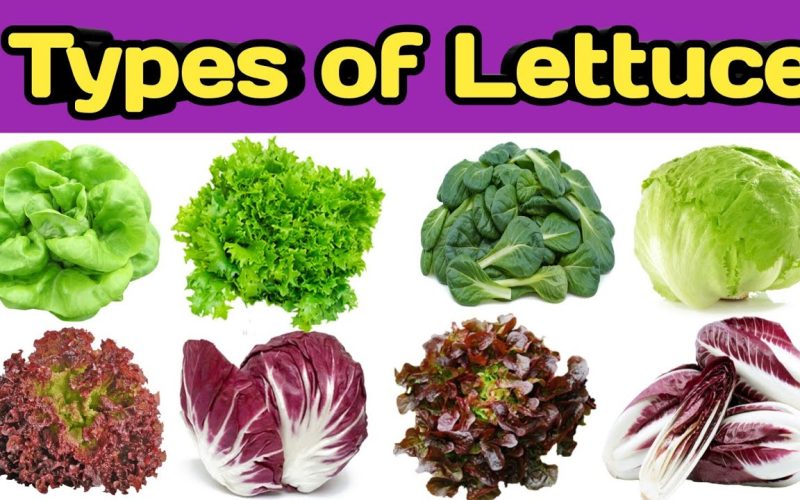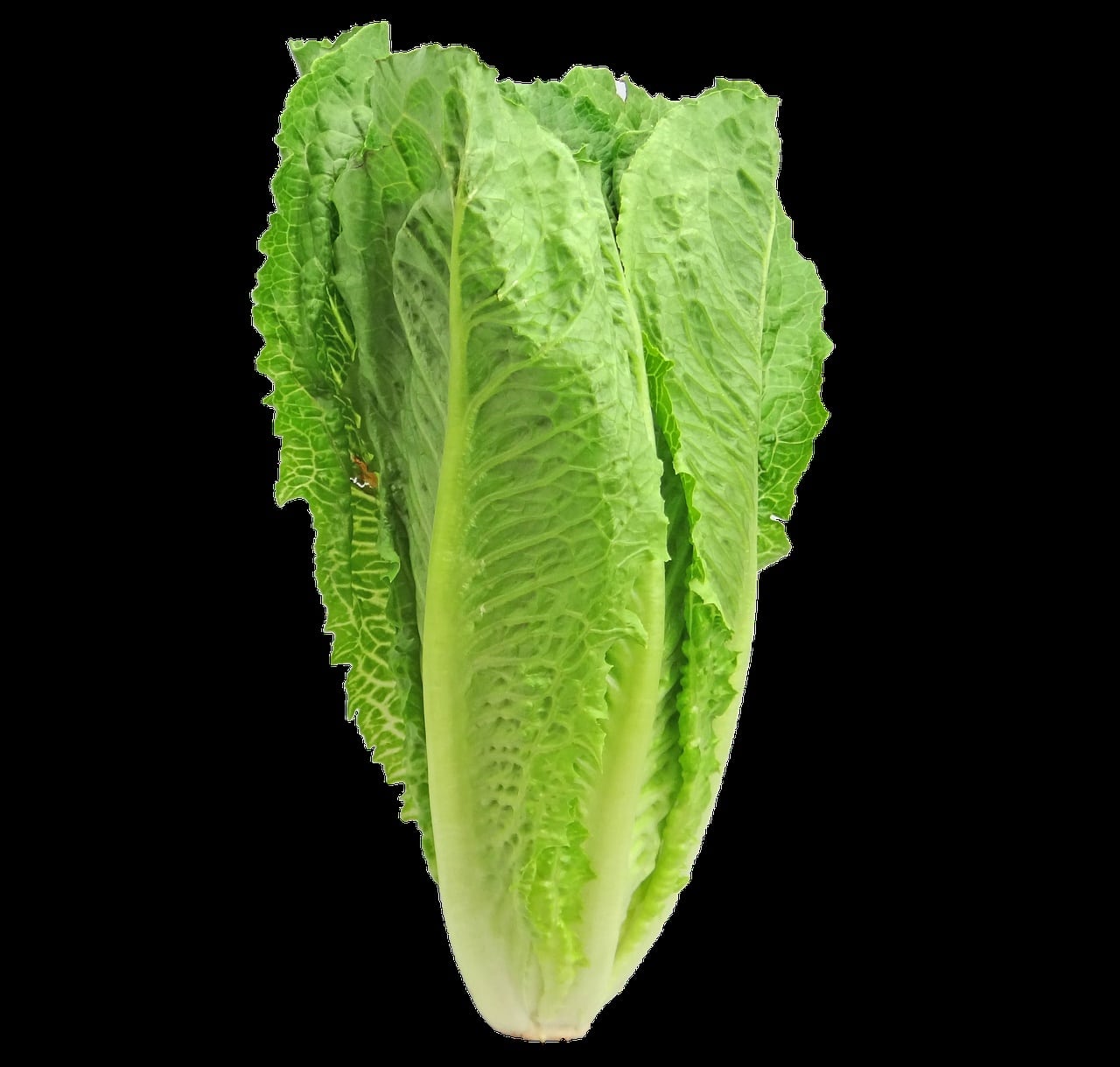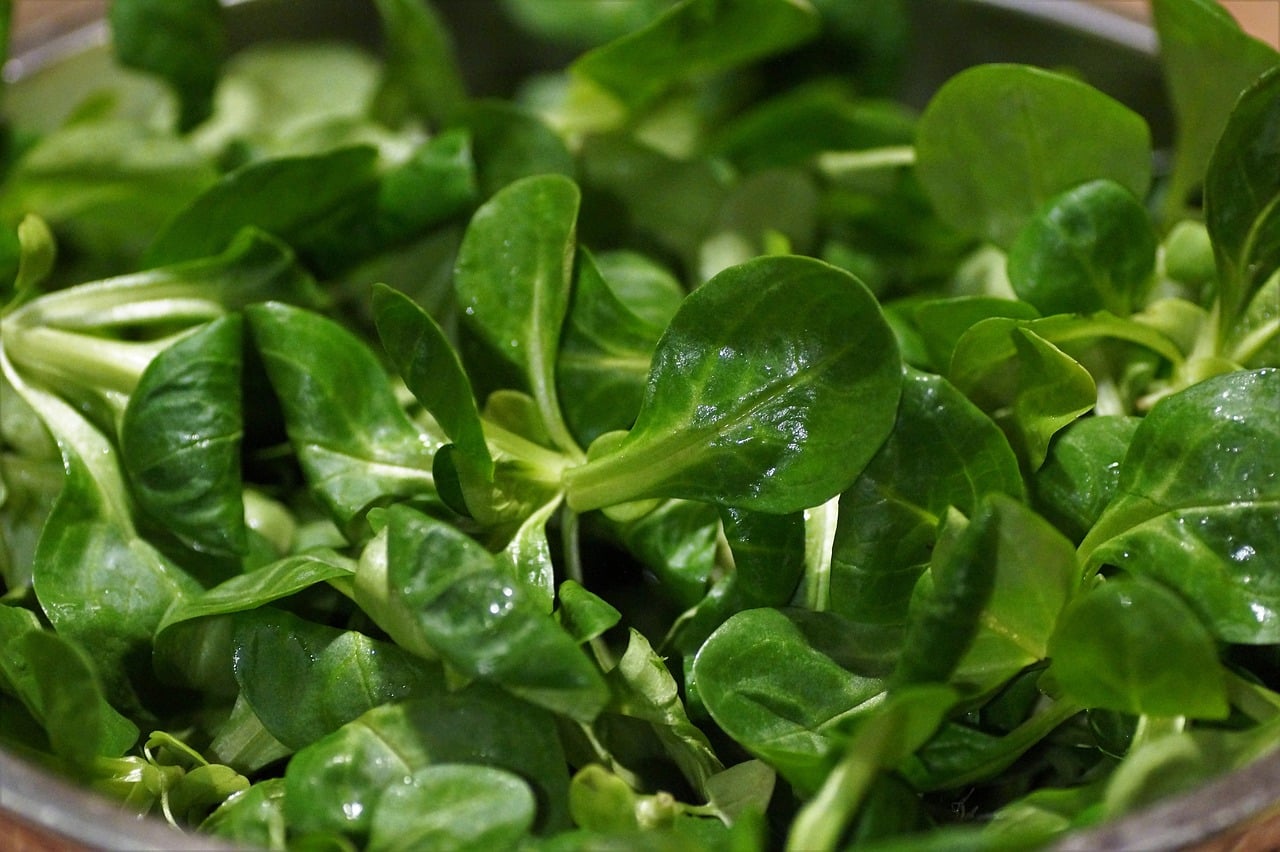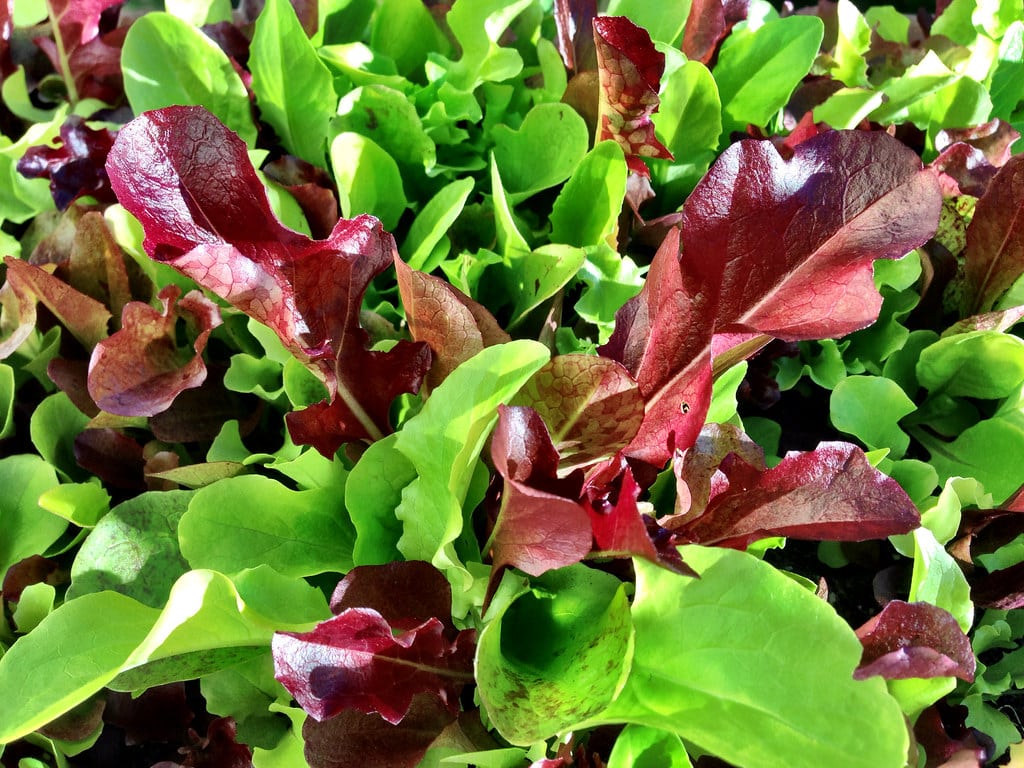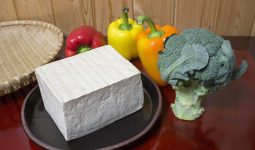This article discusses the different types of lettuce. With this lettuce, preparing salad will never be boring.
Lettuce is frequently used as a spring salad base and a preferred topping for burgers and sandwiches.
But most frequently, individuals end up reusing the same romaine lettuce.
Various other types of salad greens are just waiting to be consumed, so there’s nothing wrong with crunchy romaine!
The flavor and texture of your salad can change depending on the type of lettuce you select, whether you’re looking for something bold and peppery or crisp and refreshing.
You can easily find a wide variety of lettuce in all different shapes, sizes, and colors by simply looking in the produce section of your local grocery store or farmer’s market.
Regardless of the different types of lettuce you select, these greens will give your family’s meals a fresh flavor and a good source of nutrition.
About Lettuce
The numerous lettuce varieties sold at grocery stores and farmers’ markets offer a wide range of textures, colors, and flavors in contrast to the shrink-wrapped iceberg lettuce that we are all so familiar with—perfectly round and crunchy, almost entirely water, and able to last a long time after harvest.
You can make a salad that is interesting to eat and look at rather than one that tastes and looks generic.
Salad greens are typically cool-weather crops. They are at their peak in the spring and early summer before intense heat and long days cause them to bolt and become bitter.
Furthermore, lettuce is available all year long in ultra-temperate regions, while it is available in primarily temperate regions in the fall and spring.
In cooler regions, it is available from late spring through the summer.
Different Types of Lettuce
1. Arugula Lettuce
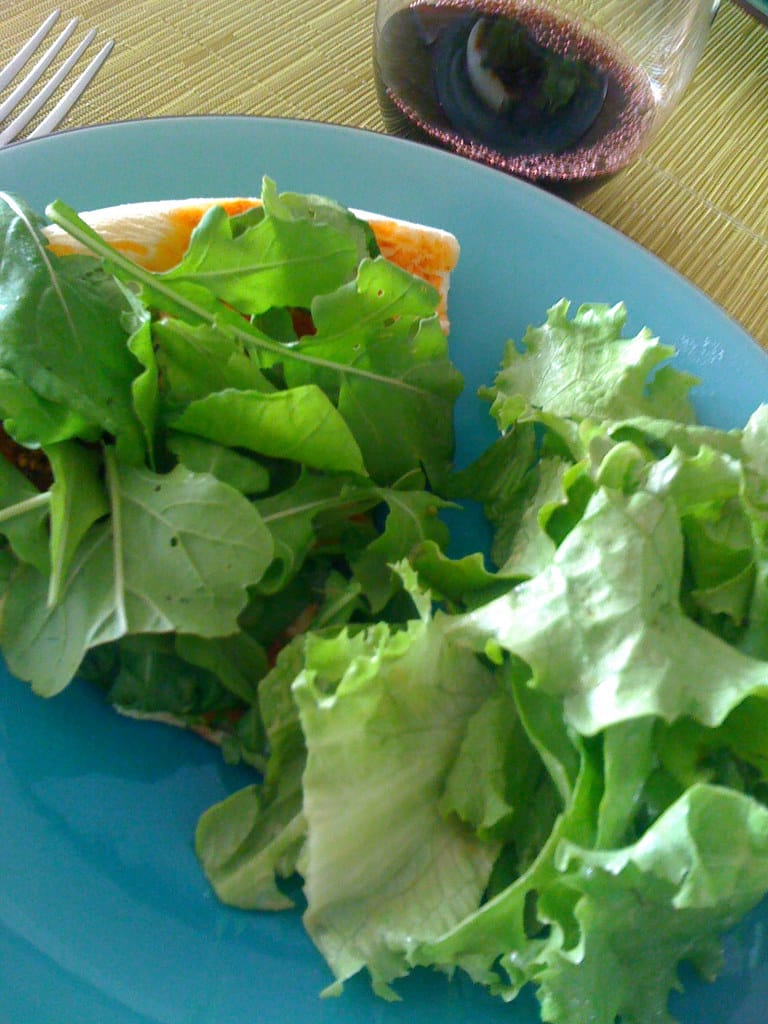
The dark green leaves of arugula, also known as rocket, have a peppery flavor.
The leaves can all be the same dark green color, whether long and spiked or shorter and more rounded.
The most flavorful arugula is wild-harvested; look for it at farmer’s markets and regional food cooperatives.
Arugula grown is widely accessible and has a flavor that varies greatly.
Larger leaves typically have a stronger flavor than smaller ones, but if pungency is a concern, taste the batch before using.
Furthermore, arugula can stand up to tangy sauces like lemon garlic vinaigrette and potent flavors like blue cheese alone, or you can combine it with other lettuces to add accentuation.
Also, hearty dishes like chicken with bread, salad, and arugula benefit greatly from adding arugula. Arugula is one of the different types of lettuce.
2. Leaf Lettuce
Leaf lettuce comes in three varieties: red, green, and oak. It has a single stalk from which the leaves branch, so don’t look for a “head” on it.
Because of this, head lettuce is typically less perishable than leaf lettuce. Due to its tenderness, it is frequently used in “baby lettuce,” mesclun, and spring mixes.
While the oak leaf is hotter and nuttier, a red leaf has a burgundy hue and a mild flavor similar to a green leaf.
Leave leaf lettuce without dressing until right before serving to prevent instant wilting.
3. Romaine Lettuce
Romaine, with its sturdy, slightly sweeter centers and long, slightly bitter leaves, adds a strong crunch to any meal.
The fact that this variety was the target of numerous recalls due to E. coli contamination garnered a lot of attention last year.
The good news is that the CDC has declared the outbreak over, so you can enjoy those Caesar salads once again. Romaine is one of the different types of lettuce.
4. Batavia Lettuce
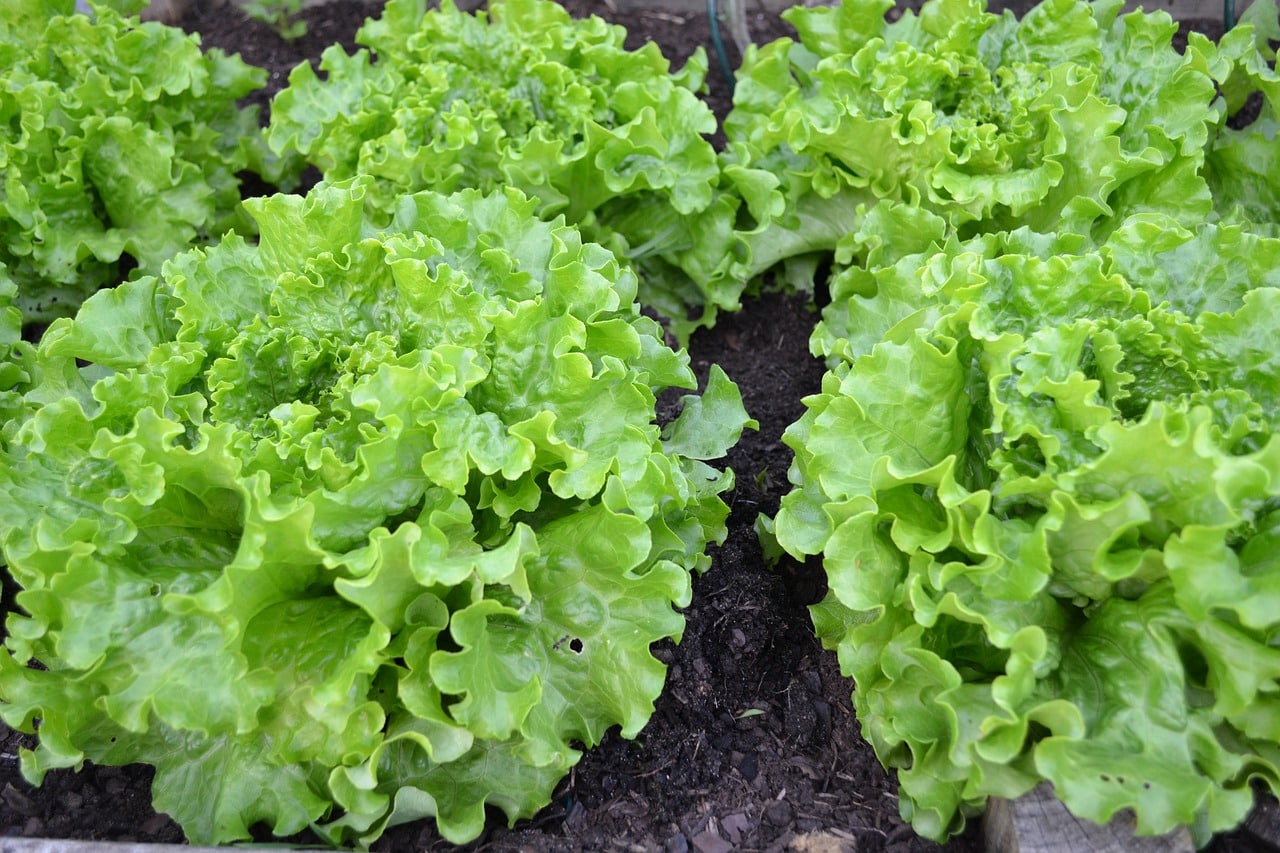
Compared to many salad greens, Batavia lettuce is more tolerant of warmer climates.
It maintains its crispness and is less likely to bolt (flower) and turn bitter than other lettuces, making it a favorite among summer gardeners who want to maintain fresh lettuce throughout the growing season.
However, the Batavia lettuce has green or red-tinted leaves, like wide varieties.
Choose the dish that will look the prettiest on your table because there is no taste difference between the two.
Add some honey mustard vinaigrette or a basic balsamic dressing on top.
5. Belgian Endive Lettuce
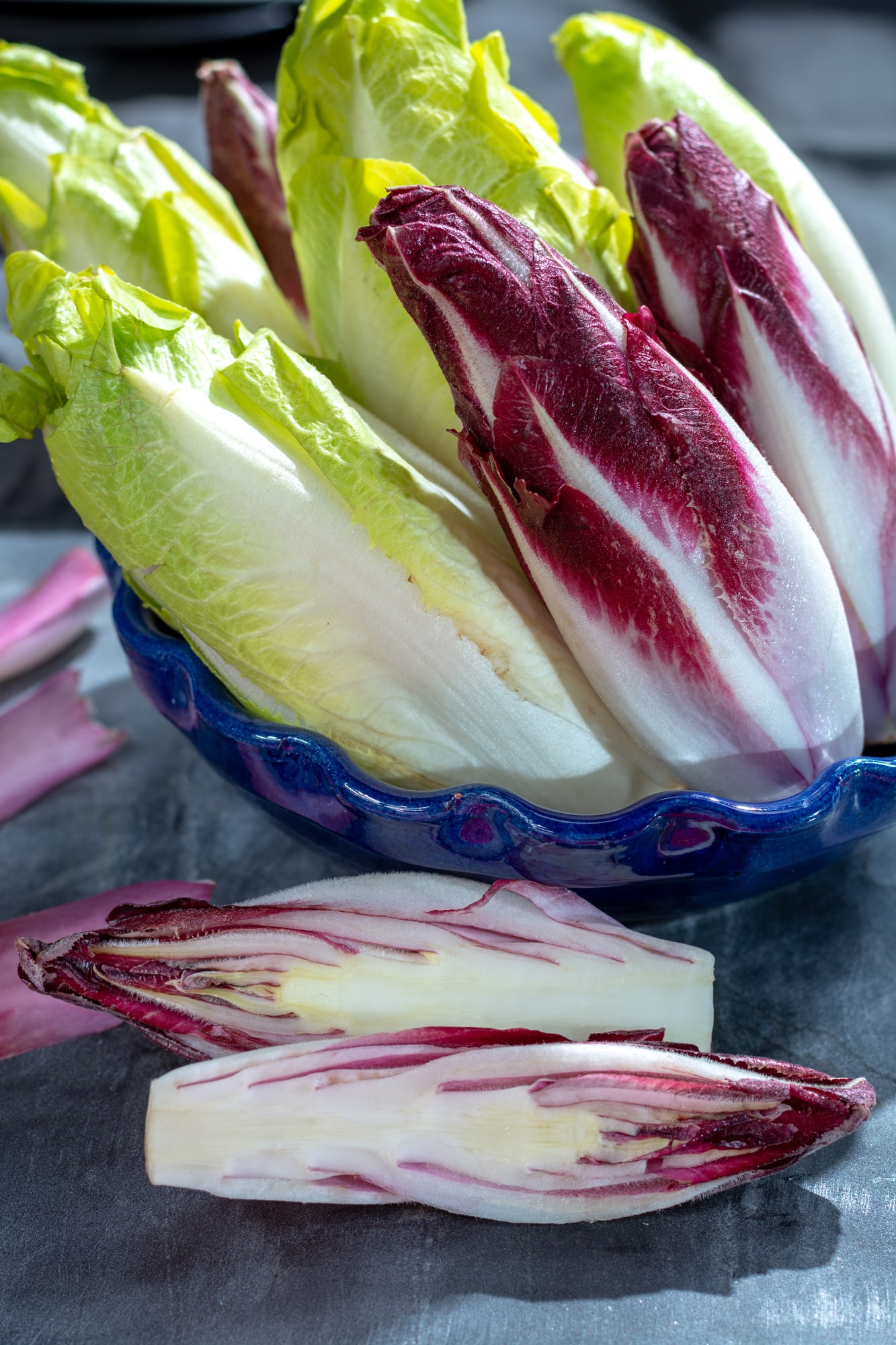
These small, tightly packed heads are crunchy and flavorful. Endive adds a satisfying crunch to any salad, whether served alone or with other greens.
It is a common ingredient in the slow and careful braising of endive to the most perfect caramelized brown color.
Knowing your audience or using them sparingly with other salad greens are the best options because they can have a bit of a bitter edge.
Belgian endive is a great choice in the dead of winter when you’re craving that satisfying fresh-leaf crunch because most of it is now grown indoors (it used to be buried in sand to keep the leaves white). Belgian endive is one of the different types of lettuce.
6. Loose-Leaf Lettuce

One of the most common different types of lettuce is loose-leaf. Its name refers to how the wavy-tipped leaves spread out from the stalk.
Although wide varieties fall under the loose-leaf category, the “green” and “red” varieties are the most frequently found in supermarkets.
The red varieties’ leaves have a purple tinge at the ends, while the green varieties’ leaves are a vivid green.
Furthermore, Due to their mild flavors, both varieties are simple to incorporate into various dishes.
Naturally, loose-leaf lettuce is excellent for salads, but its broad, large leaves also make it perfect for making all kinds of wraps.
You can also cook it with green peas and garlic as a side dish or add it to soups.
Add the chopped leaves toward the end of your cooking time to prevent wilting when using lettuce in a cooked dish. Loose-leaf is one of the different types of lettuce.
7. Iceberg Lettuce

Iceberg lettuce, also known as crisphead lettuce, has round, firm heads with close-packed leaves.
Great Lakes, Maverick, Ithaca, Keeper, and Raider are some varieties.
Due to the perfect, juicy crunch, its leaves add to sandwiches and burgers. Iceberg is frequently used as an ingredient.
Iceberg lettuce contains vitamin K, potassium, and iron if you have avoided eating it because you believed it to lack nutrients.
It may have a little flavor, but it is a great starting point for people who find it difficult to include leafy greens in their diet. This is one of the different types of lettuce.
Furthermore, iceberg lettuce can be used in various dishes, including the traditional wedge salad.
Shredded iceberg lettuce also works well in Tex-Mex tacos for added crispiness.
Because they are firm, the leaves are a perfect low-carb alternative to buns.
For a different twist, top them with mayonnaise, cheese, and sliced turkey.
8. Bibb Lettuce
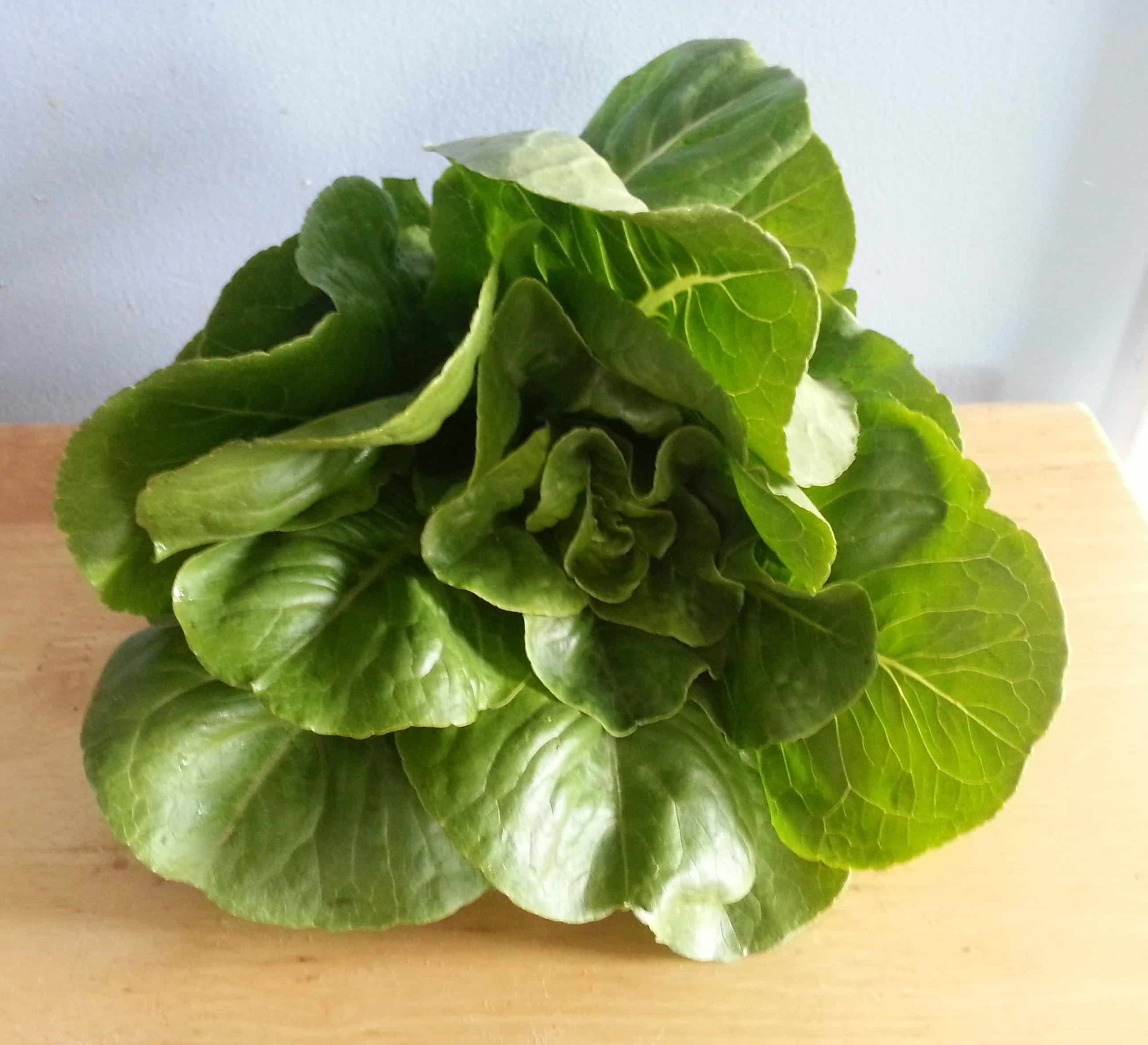
Bibb lettuce, a variety of butterhead lettuce, has a mild buttery flavor that practically melts in your mouth.
Also, it has a hint of sweetness, making it a tasty combination of blue cheese and pineapple.
You can do much more with Bibb lettuce than eat it in a salad; however, you don’t want to use a heavy dressing that will weigh down the delicate leaves.
Because they are large and flexible, the soft leaves make the ideal taco or wrap if you’re trying to cut carbs.
You can also stuff them with shredded chicken or roasted mushrooms. Furthermore, bibb lettuce is typically sold intact with its roots.
It comes in with the roots still attached and a damp cloth covering the plastic dome, and the crisper is the ideal place to store it.
It won’t stay as fresh if the roots are taken out. Bibb is one of the different types of lettuce.
9. Chrysanthemum Greens
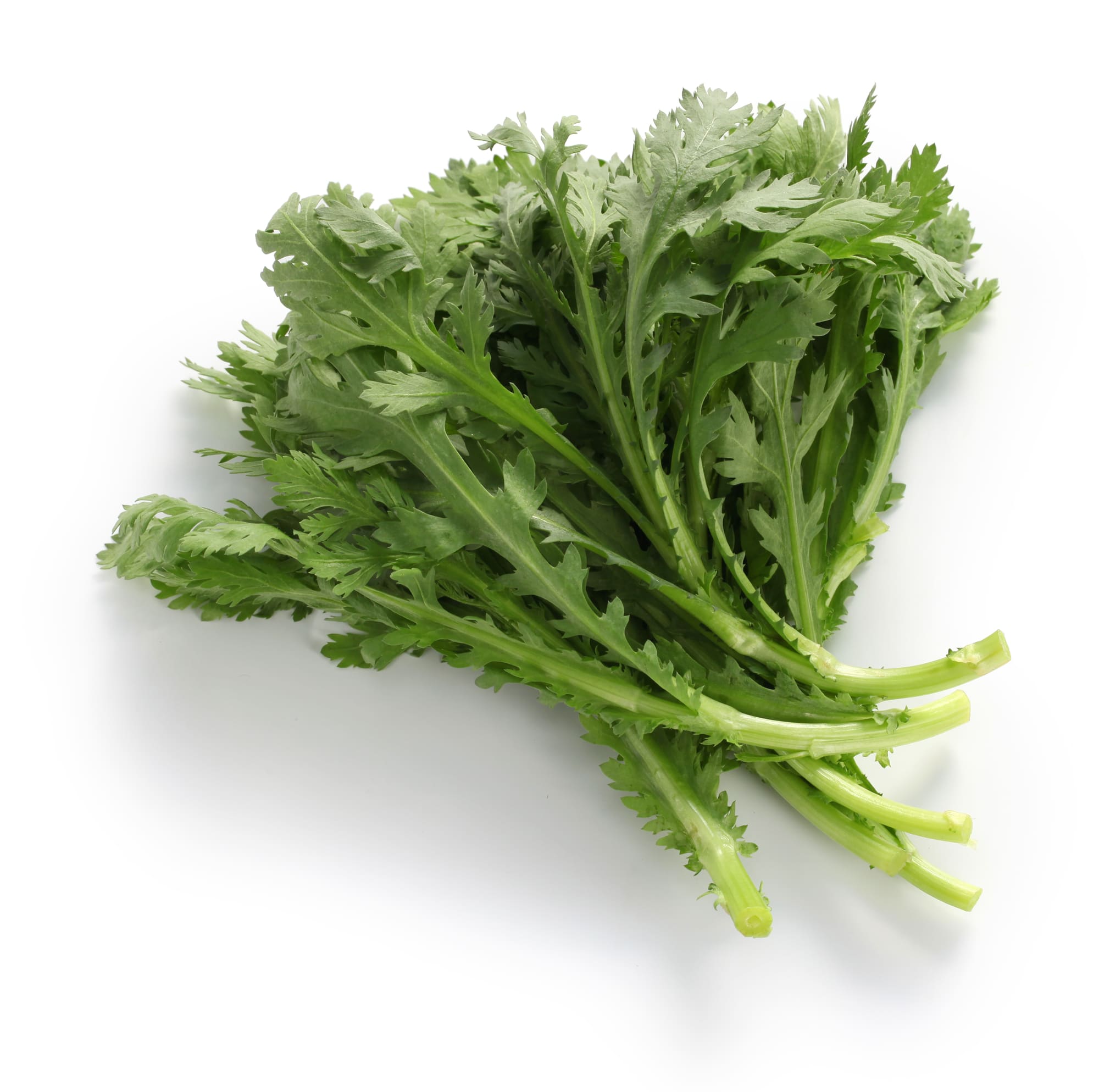
Chrysanthemum greens, which are young, tender, and brightly peppered, make a tasty addition to salads.
They are also the green fronds of the chrysanthemum plant, which also produces well-known mums in some regions.
When eaten raw, the best flavor must be young; larger, older greens will develop a bitter edge softened by cooking. This is one of the different types of lettuce.
10. Butter Lettuce

Butter lettuce is frequently on hand. It is a crisp-head lettuce, which means that as it grows, the leaves compact into a small head.
However, the head is much less compact than iceberg lettuce. Large, cupped leaves and a tender texture make butter lettuce ideal for salads, especially when combined with delicate flavors, like buttermilk dill salad dressing or asparagus butter. Butter is one of the different types of lettuce.
11. Boston Lettuce
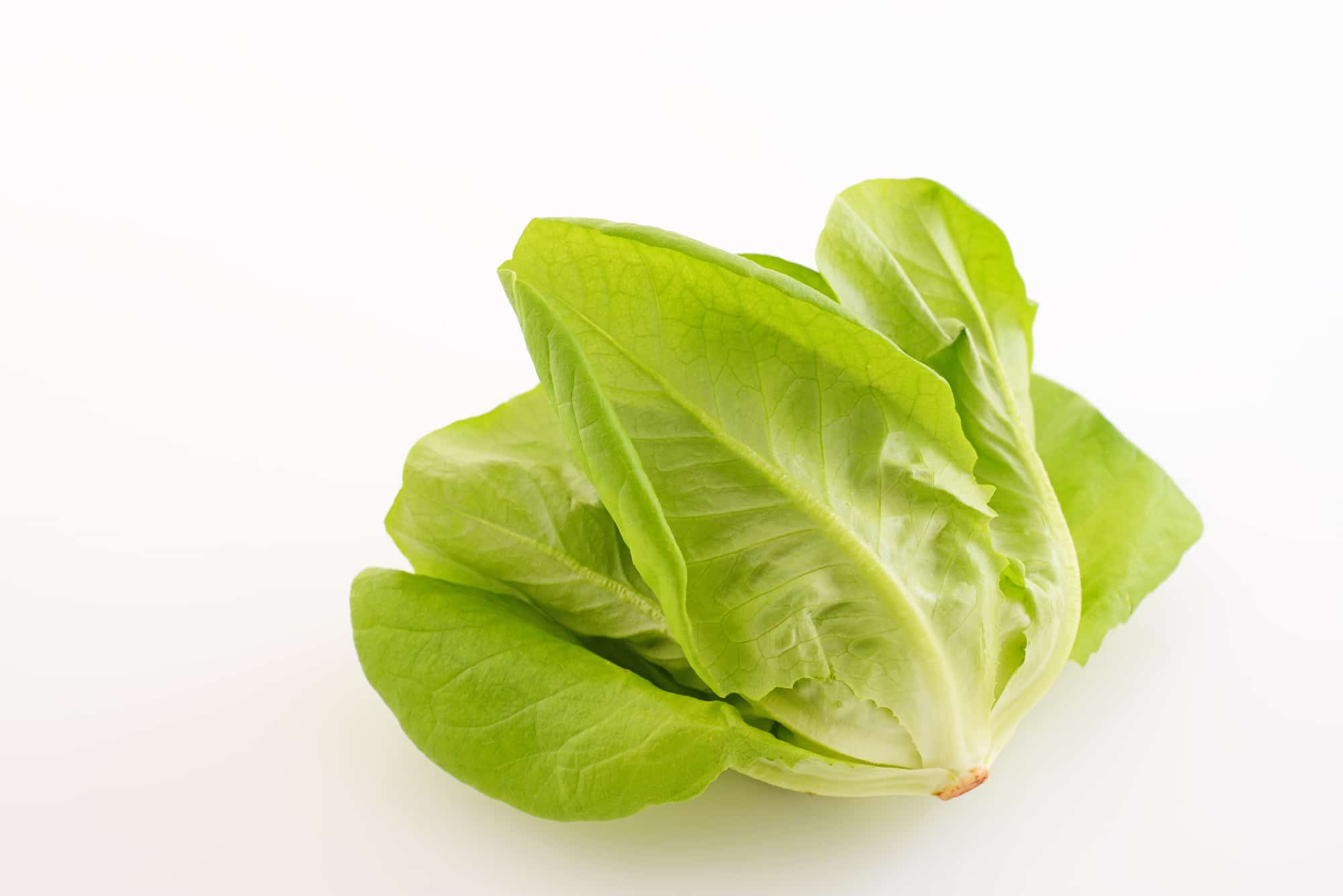
A larger and fluffier variation of Butterhead lettuce is Boston lettuce. Additionally known as Tom Thumb and May Queen.
One cup of Boston lettuce contains 10% of the daily value for vitamins A and B9 and nearly half the daily value for vitamin K.
However, be cautious because those delicate, loose leaves are vulnerable to bruising.
Although it makes a nice addition to salads due to its mildly sweet flavor, it lacks the pleasant crunch many varieties of lettuce offer.
Make sure to use a light dressing in a salad to prevent the leaves from wilting.
Because the leaves of Boston lettuce lie flat, it is perfect for use in burgers and sandwiches.
It’s also good in a cup or as a wrap. For something different, try splitting a head and grilling the cut side.
Allow it to char slightly before adding your preferred dressing.
12. Tatsoi Lettuce
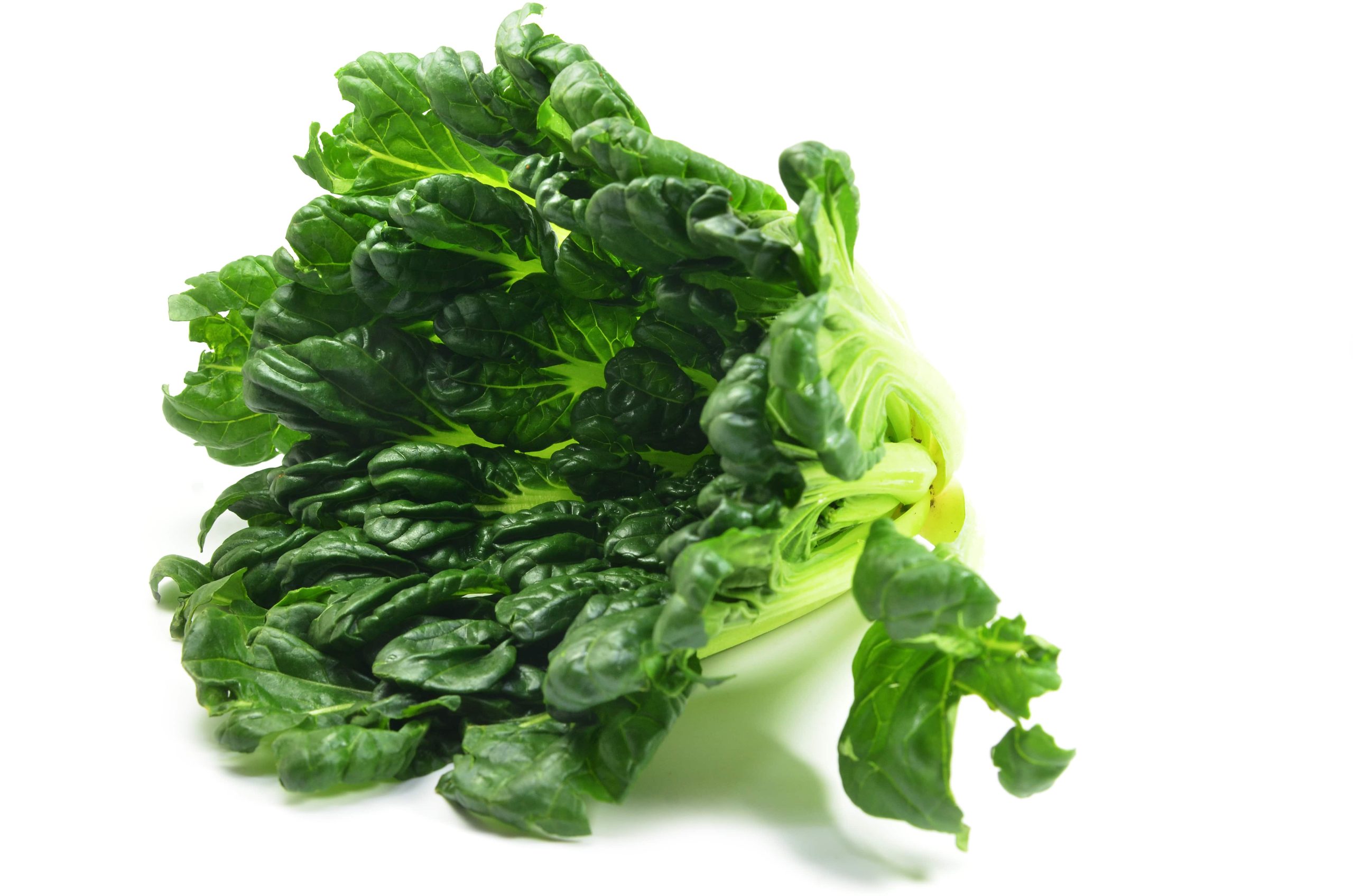
Tatsoi is one of the different types of lettuce. It is a tiny leafy green that resembles baby spinach, except that its leaves have white stems and veins.
It resembles a tiny stalk of bok choy before the leaves are taken off.
Like most greens, Tatsoi contains various nutrients, such as iron, potassium, phosphorous, and vitamins A, C, and K.
Additionally, a 100-gram serving has twice the calcium content of milk.
Furthermore, Tatsoi is a member of the cabbage family, but it is often used in salads like lettuce because of its sweet, mustardy flavor.
There are numerous dishes you can make with this little green. Cooking it in stir-fried dishes, much like you would bok choy, is advised by Gardening Know How.
Consider incorporating the leaves into soups right before serving for a novel twist.
It complements pesto or sautéed spinach well, thanks to its flavor. Tatsoi is one of the different types of lettuce.
13. Little Gem Lettuce
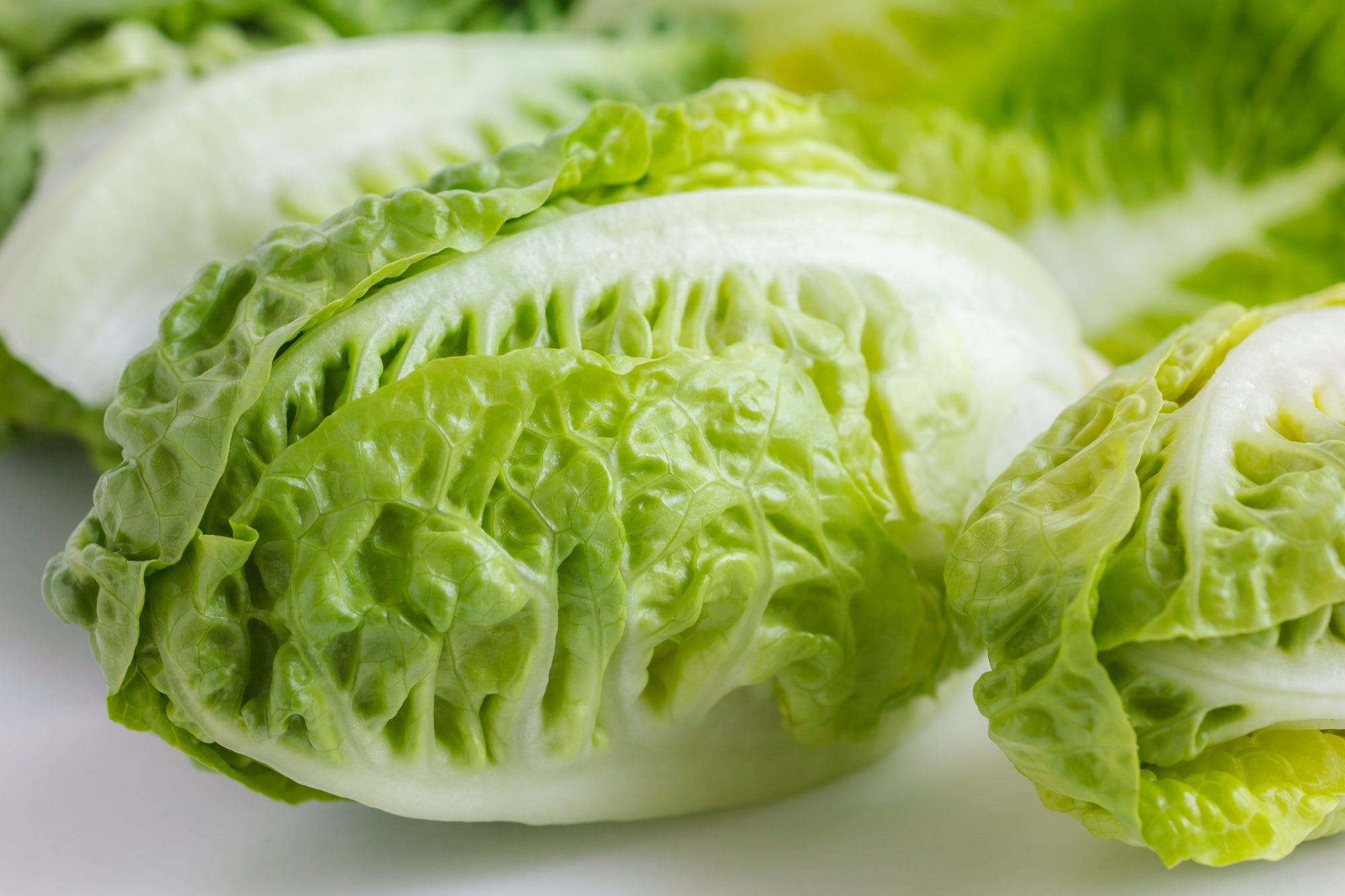
Little Gem lettuce, or sugar cos, looks more delicate than romaine lettuce.
Also, It contains a lot of vitamin A and moderate amounts of calcium, vitamin C, and vitamin D. Additionally, a serving provides one gram of protein and fiber.
The tiny, slender leaves are tender and taste slightly sweet. You will probably see it used in salad mixes because it is small.
Country Living suggests tossing the small leaves with a creamy dressing and a seed mixture for a crunchy side dish. You need to continue.
Due to its crispness, it is a great addition to any sandwich and can even be used to make small wraps.
The leaves’ firmness makes them a good scoop for your preferred dip. This is one of the different types of lettuce.
14. Watercress
Watercress is one of the different types of lettuce and a member of the mustard family.
It is small with a mildly bitter taste. Its tiny leaves are nutrient-rich.
In addition to having more vitamin K than is recommended daily, one serving has more iron than the same amount of spinach.
According to Healthfully, manganese, vitamins A, C, and lutein are also included.
Of course, watercress is a wonderful addition to salads, but you can add a few leaves to a smoothie or glass of juice to increase its nutritional content.
It is also a well-liked addition to many sandwiches. The leaves make a nice garnish for many different dishes.
Furthermore, to try it on pizza, sprinkle the watercress over your pie after you take it out of the oven.
Wait until the eggs are almost done before adding the leaves and folding them over to enjoy them in an omelet. You can even make soup with watercress.
15. Lamb’s Lettuce
Lamb’s lettuce has tiny, bright green leaves and grows in tiny rosettes.
It comes in two main varieties: coquille and blonde, according to the Louis Bonduelle Foundation.
The blonde variety has longer, more oval-shaped, lighter green leaves than the coquille variety, which has round leaves.
Lamb’s lettuce has a slightly nutty flavor. This leafy green contains beta-carotene, iron, phosphorus, magnesium, and calcium.
Furthermore, Because the leaves are delicate, rinse them under cold water after washing them to keep them from wilting.
If you eat it as a salad, add the dressing just before serving to avoid wilting.
It goes well with most cheeses, dried fruit, seafood, fish, beets, carrots, and tomatoes.
You can heat lamb lettuce for a few minutes to eat it with soups and gravies, even though it may wilt when cooked. This is one of the different types of lettuce.
16. Oak Leaf Lettuce
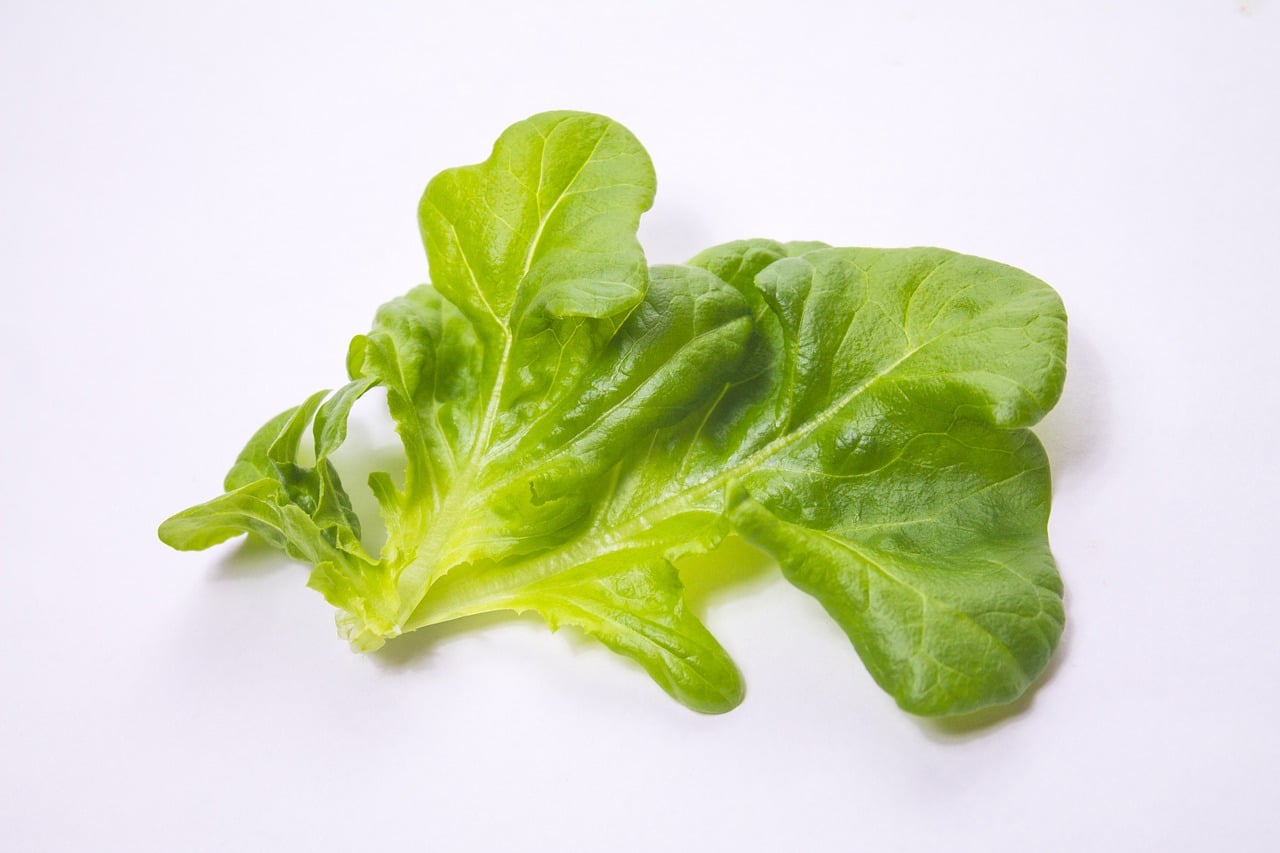
Oak leaf lettuce earned its name because its leaves resemble oak leaves. Like some varieties of loose-leaf lettuce, the leaves are wavy but smaller.
All red varieties are renowned for their mild, slightly nutty flavor, though red varieties have a deep purple hue around the edges.
Furthermore, if you want to up your antioxidant game, oak leaf lettuce is a good choice because it is high in flavonoids and vitamin A.
When eating it, if you put it in a salad, use an oil-based dressing because that will increase the body’s ability to absorb the carotenoids.
Use it to make spring rolls, or enjoy it as a wrap. Also, with pine nuts, almonds, pears, apples, and sharp cheeses like Roquefort and gorgonzola, the flavor of oak leaf lettuce leaves pairs well.
Store your lettuce away from apples and pears even though they may taste great with it because they give off a gas that makes your leaves wilt.
17. Frisee Lettuce
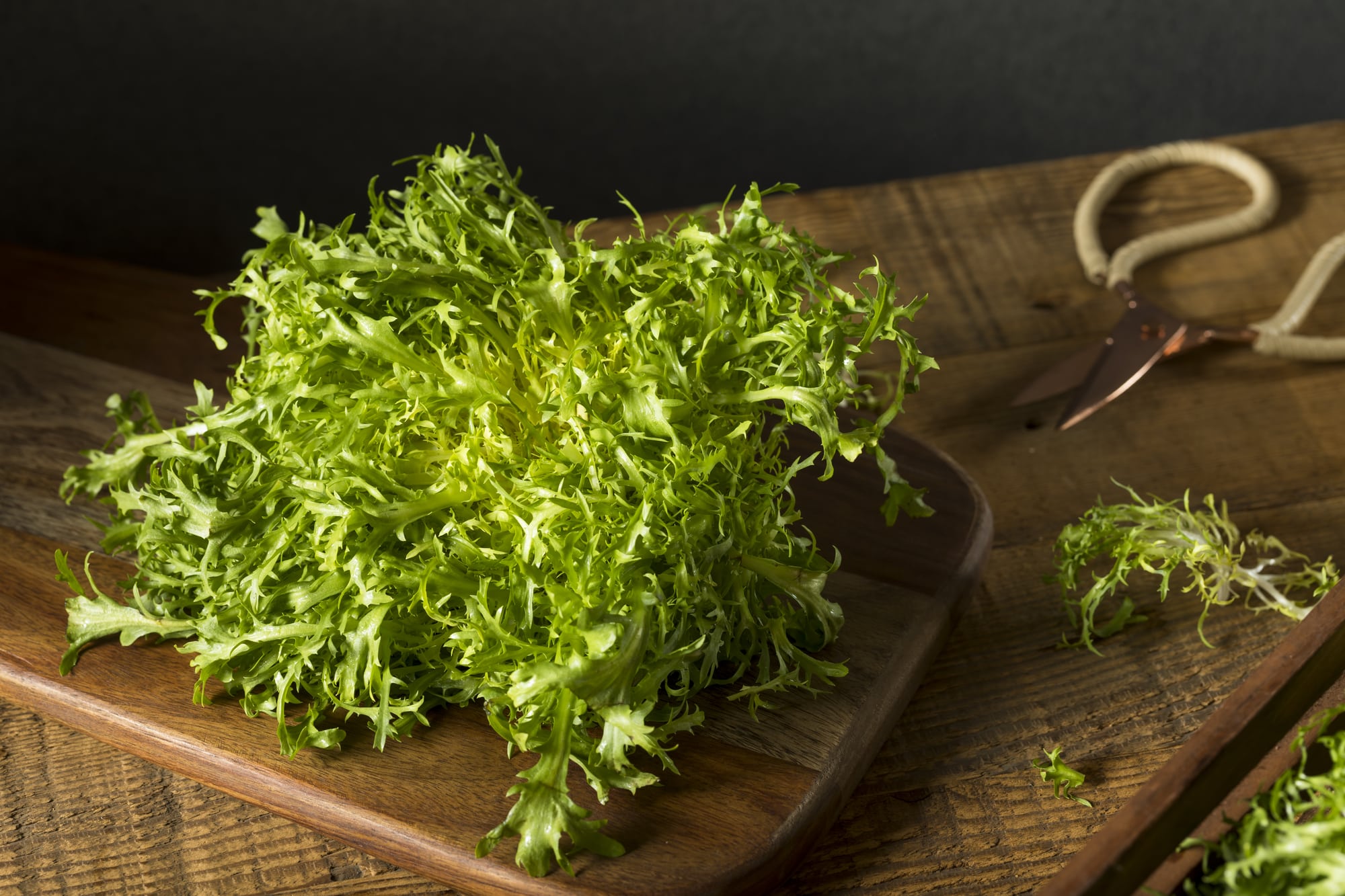
The chicory family includes frisee, also referred to as curly endive.
The thin, curly leaves are mostly a light shade of green with faint yellow undertones.
Because the stems are crunchy, they add texture to any dish they are added to. All the vitamin K you’ll need for the day is in one serving, or about 30 grams, of frisée.
The taste of frisée is distinctly bitter. Due to its size, you will probably see it chopped and used mostly in salads.
It goes well with tart fruit, creamy dressings, and herb-flavored croutons. Although frisée is typically prepared raw, it can also be eaten slightly warmed.
For a hearty, filling meal, try Martha Stewart’s recipe, which combines noodles, eggs, bacon, and parmesan cheese.
This spicy leafy green can also be used to season baked chicken and as a garnish for cheese platters. Frisee is one of the different types of lettuce.
18. Mignonette
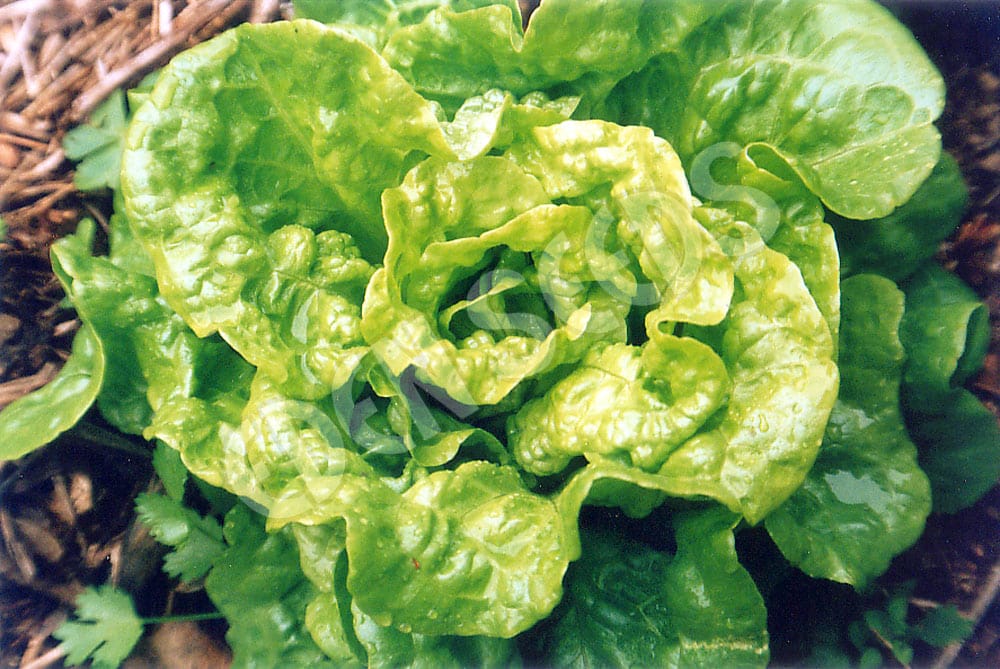
Butterhead lettuce with mignonette leaves has a mild, tart flavor. The leaves are large and have faint waves, and the heads are rounded.
One variety, appropriately called Bronze Mignonette, has a bronze tint on the edges. Its crisp leaves are perfect for a variety of dishes.
If you plan to use it in salads, mix it with other strong-flavored ingredients. Like many other lettuce varieties, Mignonette is an excellent substitute for tortillas or bread.
Fill it with various meat and cheeses for a low-carb, low-calorie dish.
You could stuff the leaves with tomatoes, cooked pepperoni or sausage, and mozzarella cheese for a low-carb Italian sandwich.
You could spoon egg salad or chili onto the leaves for something different.
Or you could add vegetables like broccoli, carrots, and snow peas to wraps. Mignonette is one of the different types of lettuce.
19. Mache Lettuce
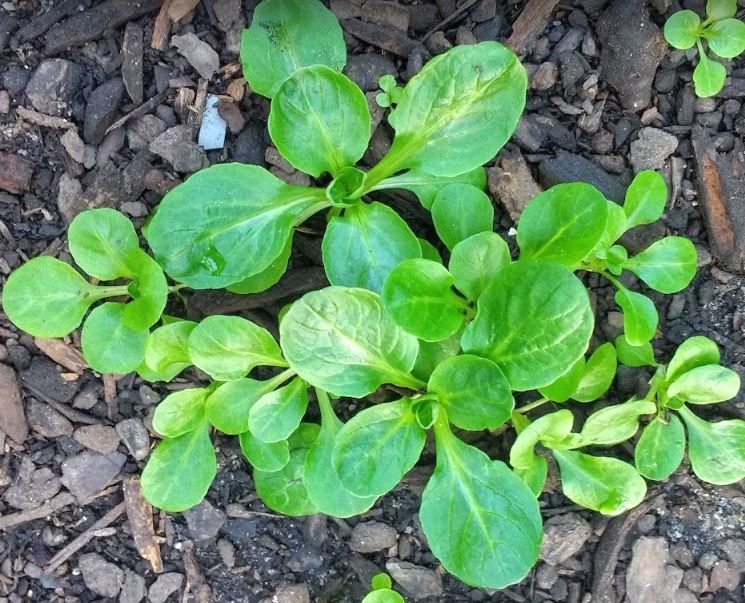
A tiny green resembling watercress, mache lettuce is called. You might also be familiar with it as corn salad.
This green has small, rounded leaves that resemble watercress and go well with mustard greens because of its mildly nutty flavor.
Mache offers some nutritional value, including a sizable serving of vitamins A and C, as most other greens. Additionally, a serving has more iron than spinach.
The tiny leaves make a great addition as greens to sandwiches and subs.
Vegetables can be sautéed with it in omelets or steam-machined with other vegetables.
It also functions well in rice dishes or soups. If you do decide to cook with it, add the leaves toward the end to prevent them from wilting. Eat mache within a week of purchase for the best flavor.
20. Celtuce
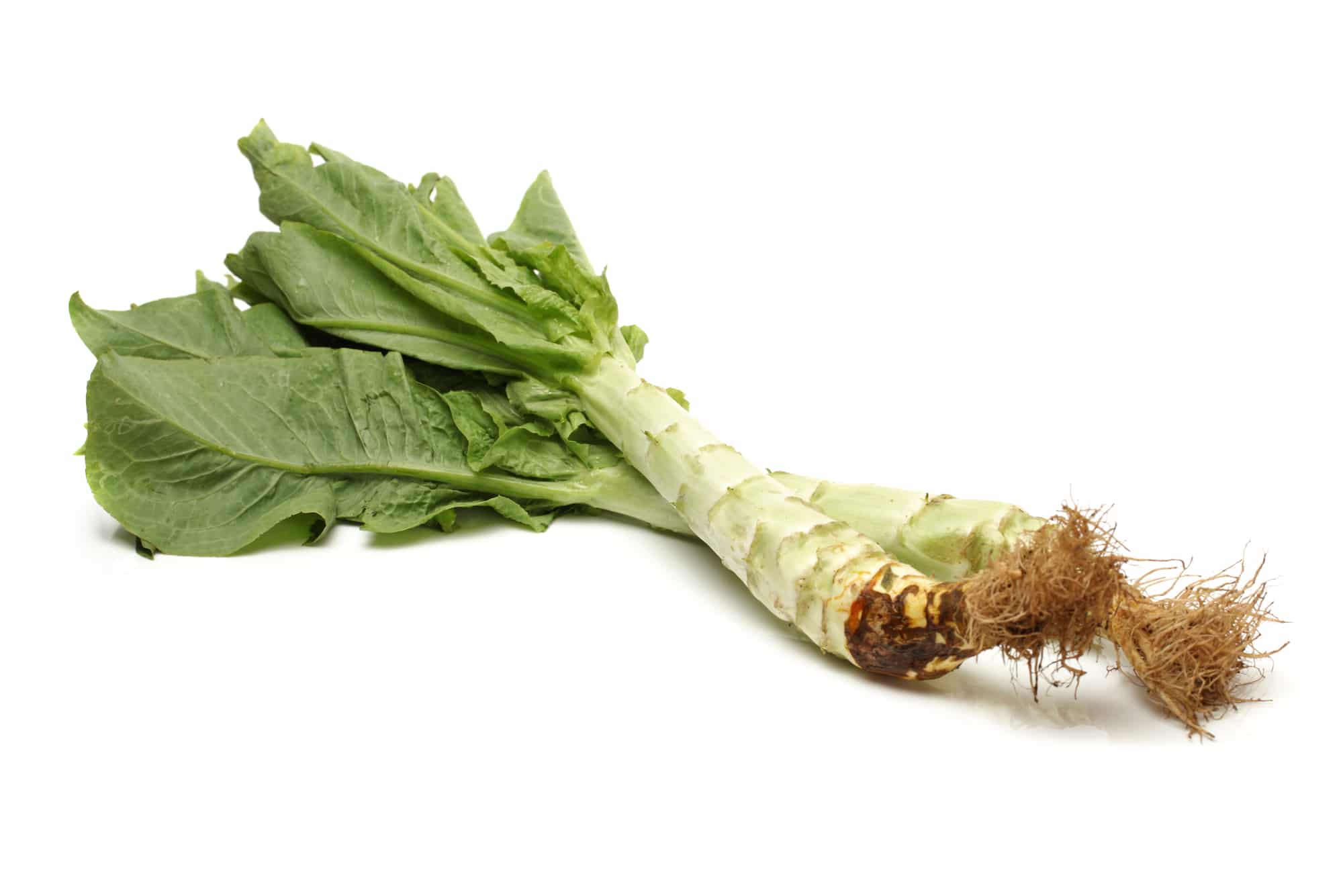
Large, floppy leaves are attached to a long, slender stem known as celery lettuce or asparagus.
The cousin of lettuce has long been a well-liked ingredient in Chinese cooking. Also, the fact that you can eat the leaves and stems of lettuce is its best feature.
You can do anything with it. It has a mildly nutty flavor and can be eaten cooked or raw as a main dish or a side dish.
When cooked, it retains its crunch. Furthermore, the best way to eat the stem is to peel it or spiralize it into sections roughly the size of noodles.
You can then use these sections in any dish that calls for noodles.
Regarding nutrition, lettuce has several nutrients, including the B and C vitamins, potassium, magnesium, phosphorus, and iron, and is low in calories and fat. This is one of the different types of lettuce.
21. Purslane

Even though purslane is sometimes called pigweed or little hogweed, you should try new things with it.
Its tiny, juicy leaves taste sour and salty. Purslane is a nutritious addition to your garden if you enjoy growing greens because it can grow wild and endure some harshest conditions.
It includes potassium, calcium, magnesium, iron, and vitamins A and C. It is special because it contains omega-3 fatty acids.
Furthermore, this little green lettuce is also a good source of beta-carotene, an antioxidant that protects against the harm caused by free radicals.
Purslane stems, flowers, and leaves are edible. Due to its small size can also be included in various dishes, such as soups and salads.
Additionally, it is simple to add a few sprigs to your grilled vegetables just before they are finished cooking. Purslane is one of the different types of lettuce.
22. Mesclun Lettuce
Mesclun, which in Provencal means “mixed,” is typically comprised of various young, wild greens.
Most mesclun currently on the market is cultivated, which means that it is grown in beds of mixed lettuce seeds and harvested when the leaves are the desired size of 3 to 6 inches.
Look for salad mixes that include young, sweet lettuce leaves from different types of tender lettuce, herbs, and curly endives for texture and peppery watercress or arugula for a bite.
Some farms and markets sell special “spicy” blends with more arugula, watercress, mizuna, and mustard leaves.
The traditional French vinaigrette is frequently used to dress mesclun, but it’s a forgiving mix that goes well with various dressings.




